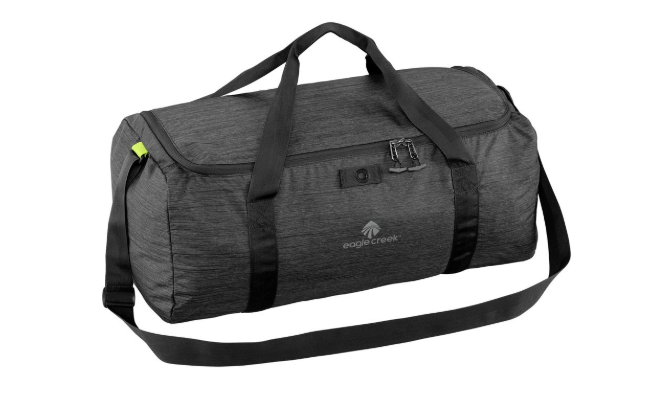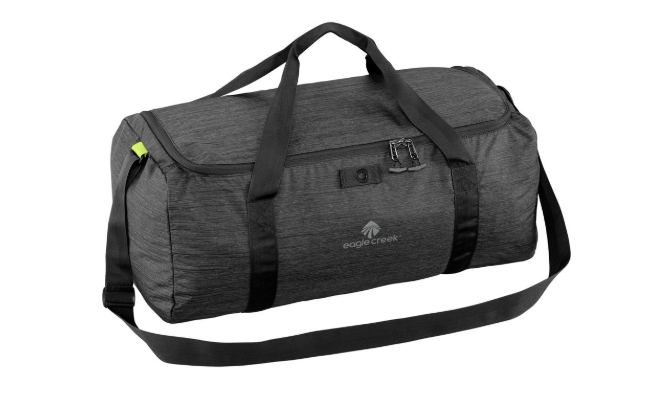Travel Like a Pro: How to Pack Your Duffel


Size Right. Using a duffel saves your pack from airport abuse (some airlines don’t cover damaged packs) and provides space for fine-tuning equipment choices on the fly. Look for one large enough to hold your pack, but small enough that you won’t exceed the standard 50-pound weight limit. A smaller bag will also stash easily while you’re on the trail. Overweight bag fees are hefty, so use your home scale to ensure you’re not topping 50 pounds (and be ready to remove a few heavy items and carry them on). Or bring a lightweight extra like Eagle Creek’s Packable Duffel ($28) so you can split the weight at check-in if necessary—it’s usually cheaper to pay for an additional bag than to cover overweight charges—and use it to carry souvenirs on the way home. Packing heavy for an overland trip? Get a rolling duffel or one with shoulder straps, which will still be lighter than traditional luggage.
Organize. Put your heaviest and bulkiest stuff at the bottom of the bag, toward the center, and pad fragile gear around that base. Use the space inside shoes, roll clothes so they will pack more densely, store bulky items like sleeping bags and apparel in compression sacks with one-way air valves, place destination-appropriate clothes in an easy-access spot if you’re changing climates, and organize gear by activity.
Isolate some items. Use stuffsacks to contain, but also to protect gear. Place toiletries and liquids in a zip-top or spillproof bag in an exterior pocket and use separate, zippered compartments or stuffsacks to contain muddy shoes or trail clothes. Cover sharp items like knives and ice axes, and insulate electronics inside a padded sack, like Exped’s Crush Drybag ($25, small; 3.7 oz.).